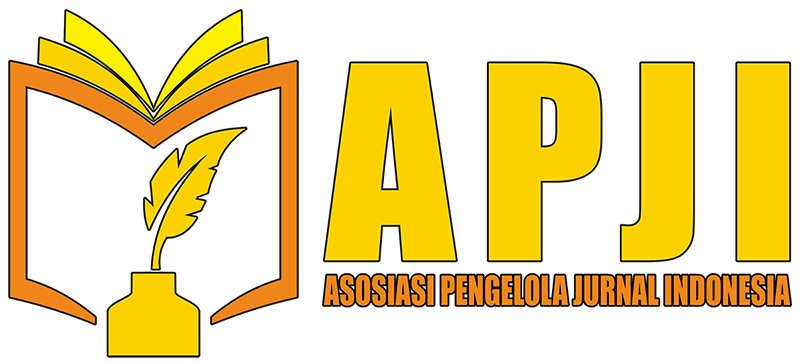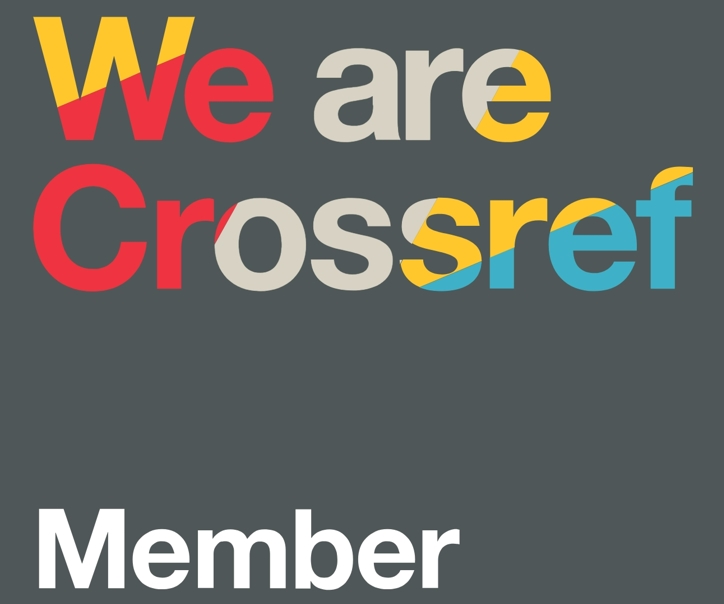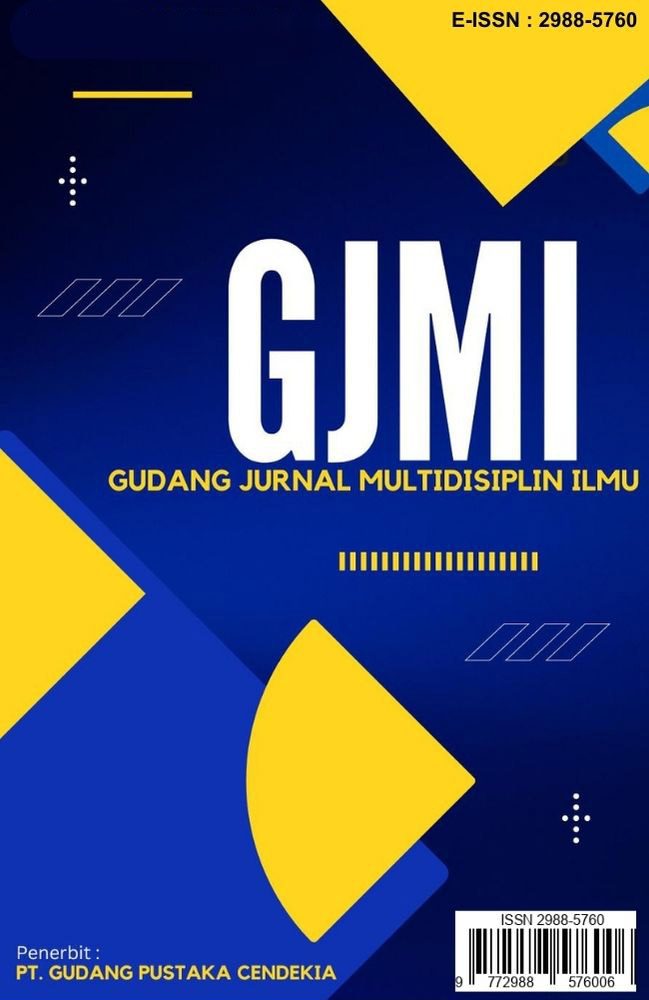Capital Structure and Investment Return: A Case Study of PT Semen Indonesia
Main Article Content
Riska
Neneng Yanti Andriani
This study aims to analyze the effect of Debt to Asset Ratio (DAR) and Long Term Debt to Equity Ratio (LTDTER) on Return on Investment (ROI) at PT Semen Indonesia (Persero) Tbk during the period 2016–2023. The method used is descriptive associative with a quantitative approach, using secondary data in the form of the company's quarterly financial reports obtained through purposive sampling techniques. The analytical tools used include Pearson Product Moment correlation analysis, coefficient of determination (R²), t-test and F-test, and multiple linear regression. The results of the study show that DAR has a negative correlation with ROI of -0.607, while LTDTER also shows a negative correlation of -0.478, both of which are included in the weak relationship category. The coefficient of determination value of 50.4% indicates that half of the variation in ROI can be explained by the two independent variables, while the remaining 49.6% is influenced by other factors outside the study. The F test shows that DAR and LTDTER simultaneously have a significant effect on ROI. This finding confirms that a high debt-based capital structure has a negative impact on investment returns, making it important for financial management to consider the efficiency of long-term debt use and total debt in long-term financial strategies.
Babbar, A., & Singh, N. P. (2024). The relationship between capital structure and financial performance of the cement industry in India. Naturalista Campano, 28(2), 59‑72. https://doi.org/10.5281/10981374
Said, S. (2025). The impact of capital structure on firm performance. Open Access Library Journal. https://doi.org/10.4236/oalib.1112839
UNK Author. (2024). Corporate capital structure effects on corporate performance. Journal of Corporate Finance (approx. 78 firms).
Author(s). (2023). Impact of capital structure on profitability of cement industry in Bangladesh.
Nainggolan, B. M. H., Sukma, R. P., & Nurtina, A. R. (2022). Effect of debt ratio, long-term debt to equity, and firm size on profitability: Evidence from Indonesian hotel and tourism firms. Journal of Management and Leadership, 5(1), 27‑41.
Anyakwu, M. A., Jim‑Suleiman, S. L., & Okwoli, A. A. (2022). Equity and debt financing on the profitability of the cement industry in Nigeria. Journal of Economics, Finance and Management Studies, 5(3), 839‑847.
Chen, Y., Migliaro, D., & Silva, J. T. (2021). Empirical study of capital structure and profitability of SMEs in Brazil. Business Economics & Management Review, 21, 1095‑1108.
Emerald Publisher. (2021). Debt financing and firm performance: Empirical evidence. Asian Journal of Accounting Research
Sattar, Author. (2023). Impacts of cost of capital on firm value and profitability: Insights from the cement industry in Bangladesh. International Journal of Research in Innovative Social Science, 6(2).
Wiley Authors. (2024). Influence of growth, capital structure, profitability, and size on enterprise value: Evidence from FTSE 100. Journal of Corporate Accounting & Finance.
IOSR Authors. (2025). Matching capital structure ratios against corporate financial performance in Nigerian consumer firms. IOSR Journal of Business and Management, 27(5).






